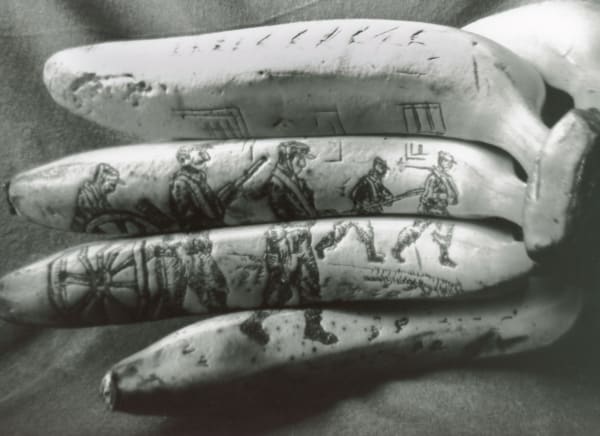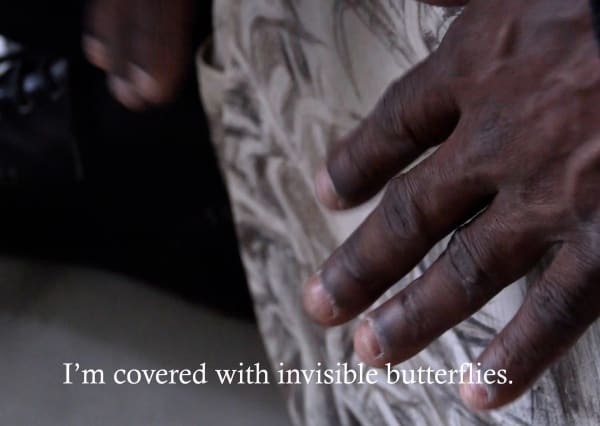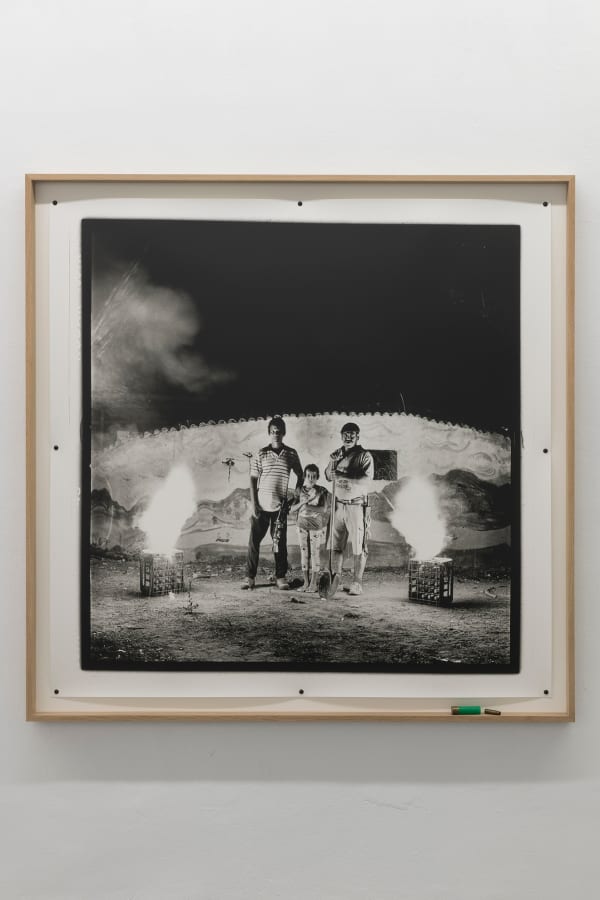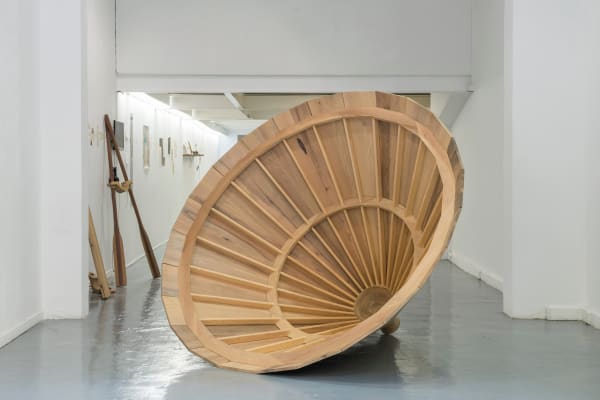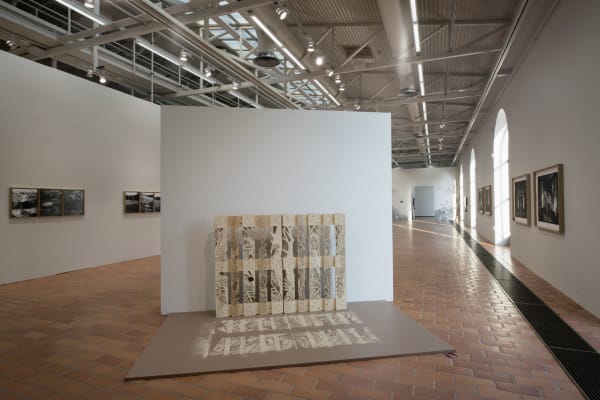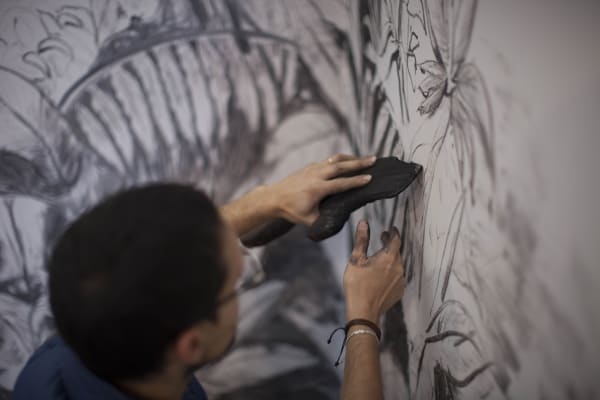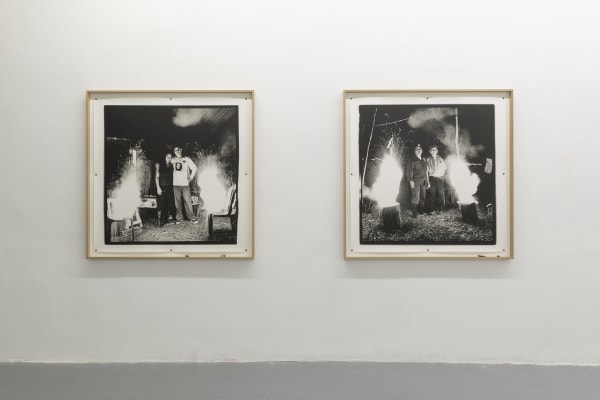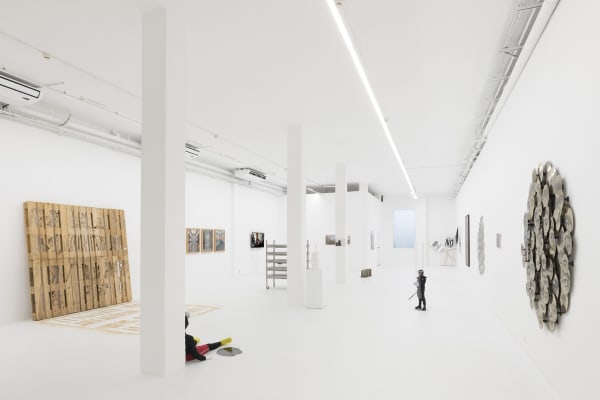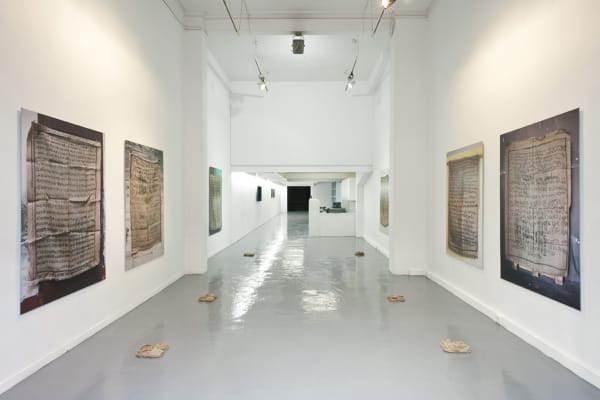-
 1928-Bananeras #2, 2021
1928-Bananeras #2, 2021 -
 1928-Bananeras #3, 2021
1928-Bananeras #3, 2021 -
 Muro Negro, 2020
Muro Negro, 2020 -
 Códices. Minga Banano-Landázuri, 2019
Códices. Minga Banano-Landázuri, 2019 -
 Theory of the wild geese, notes on the workers gestures, 2019
Theory of the wild geese, notes on the workers gestures, 2019 -
 Estibas. From Riochiquito II, 2018
Estibas. From Riochiquito II, 2018 -
 Un Pechiche para Benkos, 2017
Un Pechiche para Benkos, 2017 -
 Estibas. Desde San Vicente del Caguan. Guerrilleros bailando salsa, 2017
Estibas. Desde San Vicente del Caguan. Guerrilleros bailando salsa, 2017 -
 Desde las montañas. ZRC Vereda Puerto Nuevo Ité. Alias Mediomundo, Rigoberto y María, 2017
Desde las montañas. ZRC Vereda Puerto Nuevo Ité. Alias Mediomundo, Rigoberto y María, 2017 -
 Desde las montañas. ZVTN Agua Bonita. Alias Paola, Armancio y Camilita, 2017
Desde las montañas. ZVTN Agua Bonita. Alias Paola, Armancio y Camilita, 2017 -
 Desde las montañas. Alias Juliana y Manuel, 2017
Desde las montañas. Alias Juliana y Manuel, 2017 -
 Desde las montañas. ZRC Sumapaz. Família Varela , 2017
Desde las montañas. ZRC Sumapaz. Família Varela , 2017 -
 Otra versión para Los Persas de Esquilo, 2017
Otra versión para Los Persas de Esquilo, 2017 -
 Estenopeicas de Paisajes Subversivos. Familia Vivas-Cabuyaro, 2015
Estenopeicas de Paisajes Subversivos. Familia Vivas-Cabuyaro, 2015 -
 Estenopeicas de Paisajes Subversivos. Familia Rincón. San Luis de Ocoa, 2015
Estenopeicas de Paisajes Subversivos. Familia Rincón. San Luis de Ocoa, 2015 -
 Cayuco, 2014
Cayuco, 2014 -
 Palenqueros: Pechiche, 2013
Palenqueros: Pechiche, 2013 -
 La sucursal del paraíso, 2010
La sucursal del paraíso, 2010
Marcos Ávila-Forero typically works in challenging terrains or inaccessible places such as remote villages in rural Colombia. His practice is based on research that he conducts within communities and along with their residents, allowing him to bring to light experiences that remain beyond the reach of conventional communication. Instead of documenting the object of his research, Ávila-Forero immerses himself in the worlds he explores. He sees his role as that of an activist fighting for social issues he considers important, not just as an artist but as someone who uses art as simply one vehicle among others.
In 2011 he travelled to the Amazon where he produced A Tarapoto -un manatí, he displayed said piece in the exhibition Le Vent d’Après and won the Prix Multimédia Des Fondations De Beaux-Arts. In 2012 he travelled to the Moroccan-Algerian border and worked with several clandestine immigrants to produce the video Cayuco - Una estela de Oujda a Melilla. In 2013; after receiving the Prix Découverte Du Palais de Tokyo, he travelled to Colombia and worked with communities displaced by the armed conflict, in a shanty town called Suratoque; with that name and in the name of the families he met, he produced a piece and an individual exhibition at the Palais de Tokyo. Later he received the Loop Award 2014. He travelled back to one of the epicentres of the armed conflict in Colombia in order to produce the project Atrato, that later would be exhibited in the Biennale di Venezia 2017 and acquired by the CNAP (National Centre for Visual Arts) in France. After working in 2019 with retired workers from the Japanese metallurgy industry, he created "Theory of the Flight of Wild Geese", which won the 21st Ricard Foundation Prize. He became the Vice-President of the organization "Citizenship for Peace" and, after three years of interviews with more than thirty social organizations throughout Colombian territory, he made "The Light of Bullets - The Darkness of Oblivion", a documentary about the armed conflict and peacebuilding. In 2020, his work "Suratoque" was included in the collection of the Centre Pompidou and was part of the exhibition "Global(e)-Resistance". Furthermore, his work is also present in the collections of CNAP, several FRAC, FMAC, Hermès Foundation, and MACBA, among other international public collections.
-

Soirée #2: Marcos Ávila-Forero
30 Mar 2023 ADN MaraisSoirée #2: Marcos Ávila-ForeroMore information -

5994 is just a number
Group show 10 Oct - 30 Nov 2019 ADN GaleriaWithin the framework of Barcelona Gallery Weekend 2019, we are presenting a collective exhibition with the artists who we work for; some of them since the beginning, and others who...More information -

Desde las montañas
Marcos Ávila-Forero 3 May - 16 Jun 2018 ADN GaleriaReferring to the way in which Colombian guerrillas sign their statements not to be located, Desde las montañas deals with the questions of the war violence, but also of struggle...More information -

Paisajes revoltosos
Marcos Ávila-Forero 5 Feb - 24 Apr 2015 ADN GaleriaIn all his works, Marcos Avila Forero shows difficult and harsh realities in a human, sensitive and poetic way, becoming a witness and an accomplice to these stories, confronting the...More information -

Accomplices & Witnesses
Group Show 24 May - 31 Jul 2014 ADN GaleriaThe exhibition “Accomplices and Witnesses” is based on the idea of the artist as an accomplice and witness of social dynamics requiring an active implication, commitment and a positioning which...More information
-

Marcos Ávila-Forero at CAC Cincinnati
May 6, 2022ADN Galeria is thrilled to announce that Marcos Ávila-Forero is featured at CAC Cincinnati as part of the group show Breaking Water , from May...More information -

Marcos Ávila Forero wins the 21st Fondation d'entreprise Ricard Prize
Fondation Pernod Ricard / E-flux October 26, 2019Marcos Ávila Forero is the winner of the 21st edition of Fondation d’entreprise Ricard Prize, curated by Claire Le Restif. Created in 1999, the Fondation...More information -

Critic's picks. Marcos Ávila Forero
Miguel Amado - Artforum February 12, 2015CRITICS’ PICKS by Miguel Amado “Marcos Ávila Forero: Unruly Landscapes,” at ADN GALERIA February 5–April 24, 2015 A key characteristic of French-Colombian artist Marcos Ávila...More information

